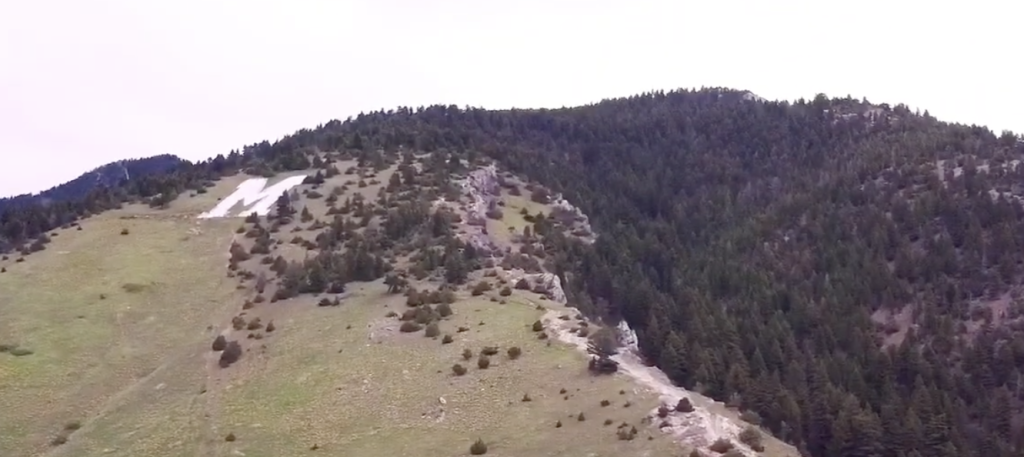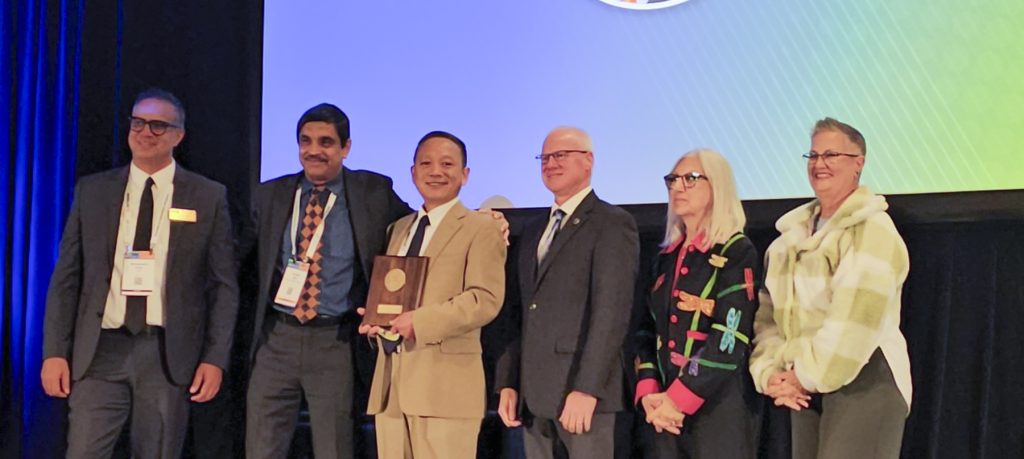Transportation Problem Solving Launches Careers in Federal Service

Two Public Lands Transportation Fellows earn permanent positions in the National Park Service after completing internships The Public Lands Transportation Fellows (PLTF) program offers emerging transportation professionals a unique career-development opportunity by pairing them with a Federal Land Management Agency (FLMA) unit or office. Participants address key transportation planning or implementation issues with hands-on problem […]
New Grant Will Engage Students in Community Place-Making around the Bozeman ‘M’

Course-based collaboration will connect MSU students with trail users, local history, indigenous perspectives, and ecological consideration at Bozeman’s most popular trail. Students will explore various questions related to the history, function, and public perceptions about the ‘M,’ a marker and popular mountain trail near Bozeman, MT, with the support of an MSU Office of Research […]
Kelvin Wang Officially Receives the 2024 James Laurie Prize

The prize celebrates Wang’s pioneering work in 3D laser imaging of pavements and bridges In February 2024, the American Society of Civil Engineers (ASCE) Transportation and Development Institute announced WTI Director Kelvin Wang as the ASCE 2024 James Laurie awardee, which recognizes those making groundbreaking advancements in transportation engineering. Dr. Wang has been instrumental in […]
